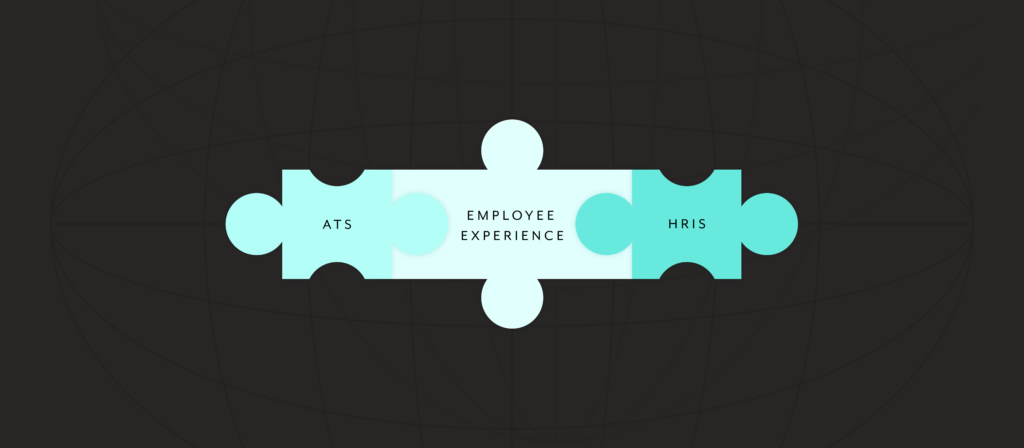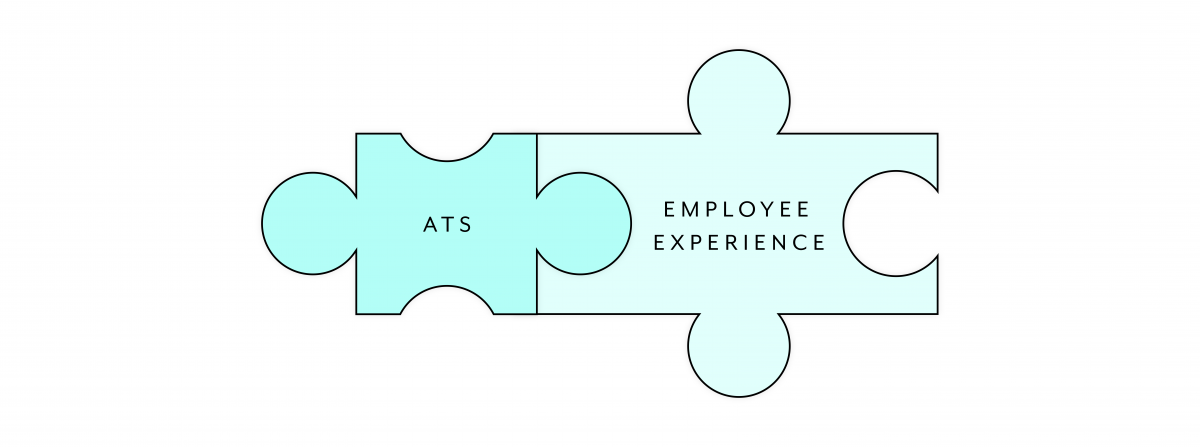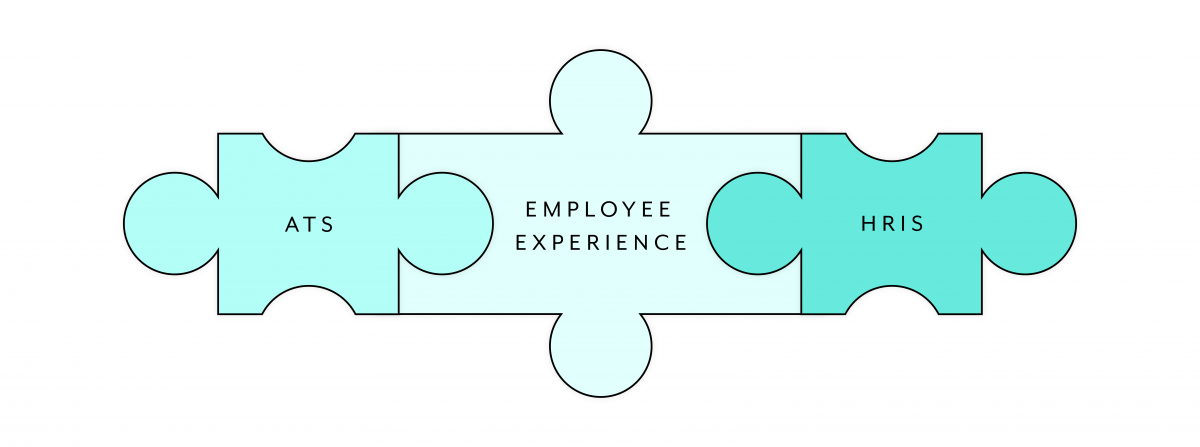Click Boarding, an employee experience platform, offers powerful integrations with Applicant Tracking Systems (ATS) and Human Resources Information Systems (HRIS) software, among other Human Resource (HR) technologies, to help organizations transform their employee experience.
Improving your employee experience leads to more engaged employees, which, in turn, allows you to boost employee productivity, lift retention, and even increase customer satisfaction.
But what is the employee experience?
It’s the overall journey and sum of interactions that an employee has with the organization throughout their employment lifecycle. It begins in the recruitment phase and continues on to pre-boarding, onboarding, training, performance management, benefits administration, and career development—all the way through off-boarding or exit processes.
HR tech can play a pivotal role in the employee experience, as it can automate certain processes that would otherwise need to be performed manually. That said, having HR tech doesn’t necessarily mean your processes will be automated.
You’ll need to integrate your HR systems with one another and with other categories of technology to build impactful automations that reduce manual work and free up precious time for your teams.
To help you pinpoint the most valuable HR technology integrations, I’ve narrowed it down to 2 that I think matter the most.
1. Employee experience system integrations
Imagine you’re in HR and you’ve just brought on a new hire.
During the hiring process, you’ve captured the candidate’s data in your ATS, and now you’ll need to pre-board and onboard them into your employee experience and HRIS systems.
If your company doesn’t have these integrations set up, you’re probably manually entering all the information into these systems again. This can cause delays in the onboarding experience; even worse, information can be entered incorrectly, leading your team to neglect certain onboarding steps or perform them poorly.
Fortunately, integrating your ATS with your employee experience system can prevent the aforementioned issues.
The data from your ATS shouldn’t flow directly into your HRIS system – you’d be missing a crucial piece in the middle. Namely, an employee experience software that can manage the employee experience end-to-end.
Once you’ve linked your ATS with your employee experience system, the latter can function as a repository for your ATS and HRIS, allowing information to be centralized and sent to wherever it needs to go. This eliminates early employee frustrations around re-entering information and frees up valuable time for HR, which they can reallocate toward delivering improved employee experiences.
2. HRIS Integrations
Integrating your employee experience software with your HRIS can further enhance the employee journey. With HRIS integration, employee data can remain consistent and up-to-date across all platforms automatically. Moreover, by synchronizing employee profiles between ATS, employee experience software, and your HRIS, you can easily manage employee records, track candidates, and provide a personalized onboarding experience platform. HR teams can also access and leverage comprehensive employee data, which can improve their efficiency and enable them to make more informed decisions.
To close the “loop” in HR tech integrations and the flow between them, the employee experience system can act as a middle piece to the puzzle between your ATS and HRIS systems.
In addition, since an employee experience system offers self-service portals, employees would be able to access and update their information with ease and have their changes reflected across platforms. This allows employees to take ownership of their data, request changes, and access important HR information in a way that’s convenient—enhancing their overall experience.
Final thoughts
By connecting your ATS, employee experience software, and HRIS, you can provide a smooth employee experience more easily, from pre-boarding to off-boarding. In addition, you can create a cohesive and streamlined HR ecosystem that maximizes efficiency, reduces manual errors, and enhances the overall employee experience.


